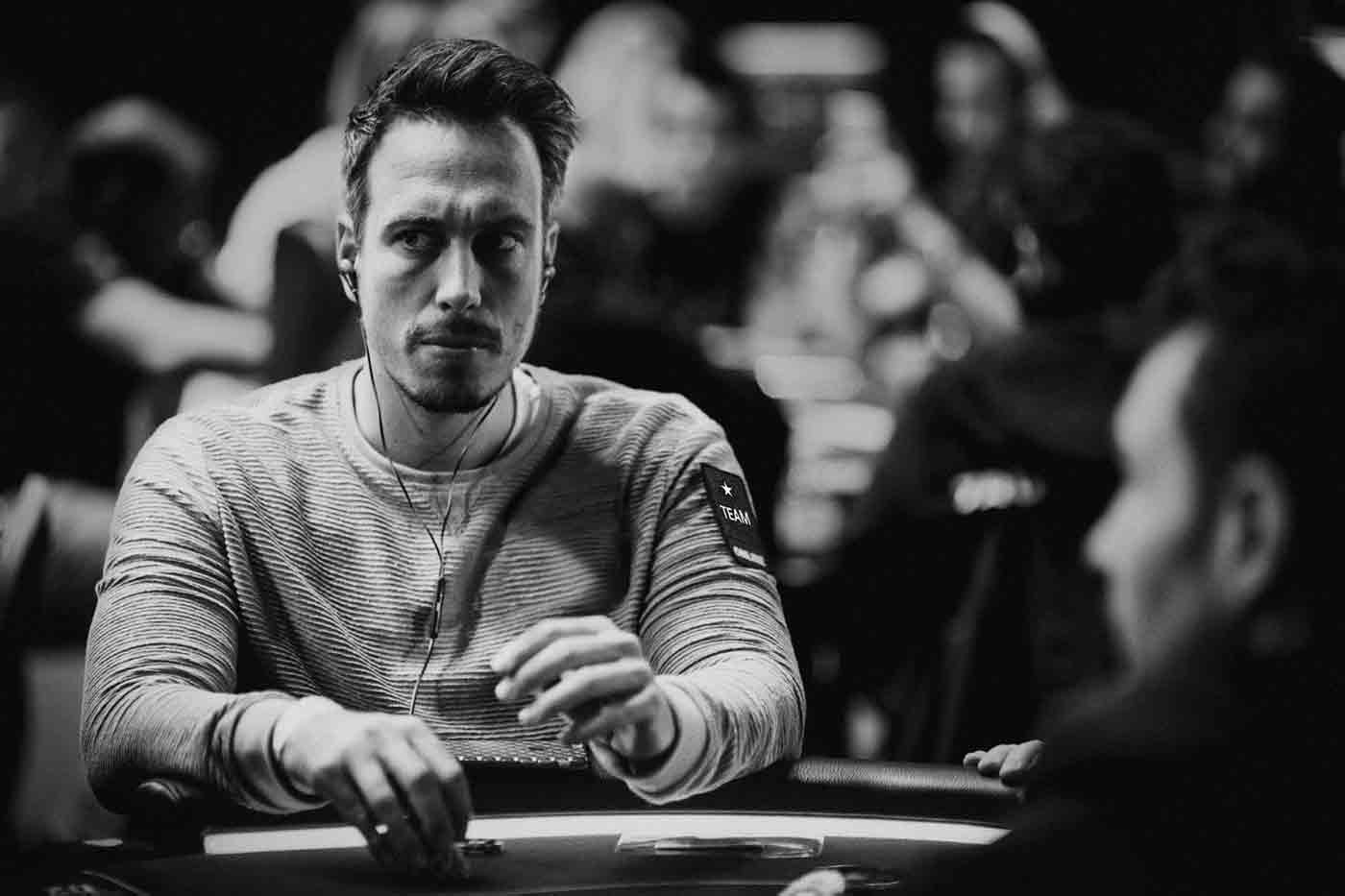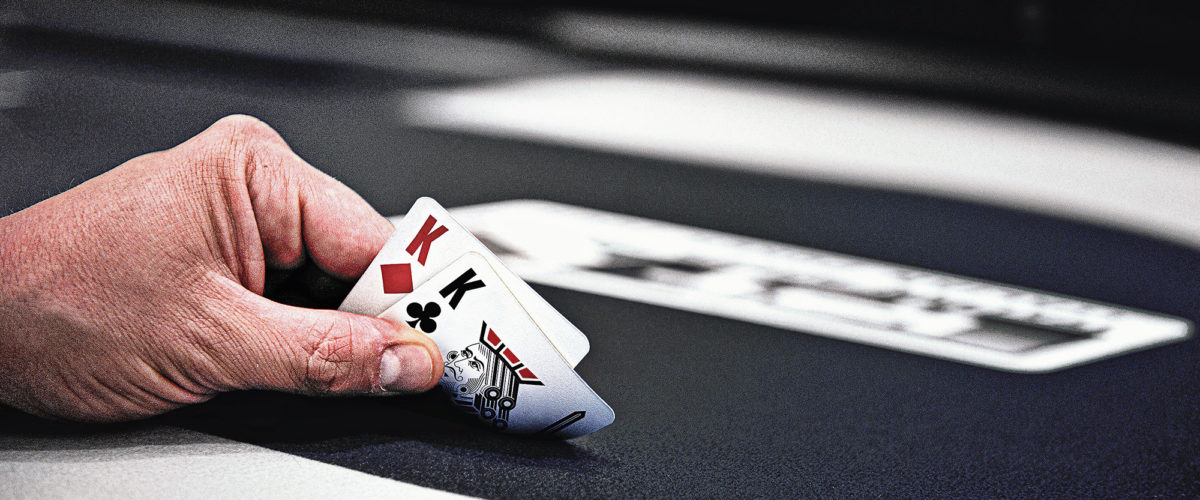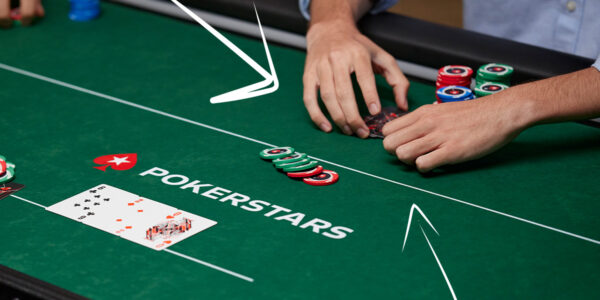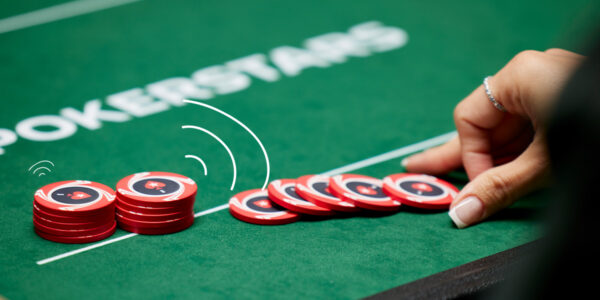Hand Reading for Beginners – Capped vs. Uncapped Ranges
A player’s range is said to be capped when there is an upper limit to how good his hand can be. Capped ranges usually originate from a player taking a more passive action in a spot where he could have taken a more aggressive one. Calling instead of raising often caps a player’s range as does checking instead of betting. There are of course times you need to check or call with an uncapped range, but we shall return to that later.
When a player has an uncapped range, there is no upper limit to how good his hand can be. Uncapped ranges usually contain a unique cluster of powerful hands that a capped range would not contain. Uncapped ranges need not have taken aggressive actions. Rather, what is always the case with uncapped range is that the player has not yet refused an opportunity to take a naturally aggressive line post-flop. Checking to the pre-flop raiser does not cap a player’s range, nor does calling a turn overbet. These are actions we could readily take with the nuts.


Spotting Capped Ranges
A competent opponent is likely to have a capped range when he:
- Calls a small c-bet out of position on the flop.
- Checks behind as the pre-flop raiser on the flop
- Checks behind as the flop bettor on the turn
- Checks and calls a turn bet out of position
Weaker players will slowplay misguidedly in these spots from time to time. When hand reading against recreational player, there will always be a randomisation factor where they have strange or unexpected hands. Try to bear in mind that weaker players do not always have a rational framework for decision-making and can spontaneously show up with some hands we might not expect a regular to have after taking a certain action.
Exploiting Capped Ranges
It is a common misconception that having a capped range in the first place is exploitable. It is perfectly permissible to cap your range in many spots simply because you would want to take a more aggressive action with a strong hand. This in and of itself is not a problem, but capped ranges can feel uncomfortable to defend in the face of aggression. One very important skill in poker is understanding when your range is capped and you are near the top of it. Folding in such a situation would entail folding all of your range to a bet and this overfolding of your range is what is truly exploitable.
Because our opponents will often struggle to defend a capped range adequately against an uncapped one we can use very big bets (even overbets) and look to bluff at a very high frequency when we think Villain’s range is capped. It is this choosing to bluff more than we would otherwise which constitutes the exploit.
Take this situation for example. We are the CO and open 6♥ 6♣ to 2.5BB. Villain defends in the big blind after the player in between fold. We go heads-up to a flop of: Q♣ J♣ 4♠ and the BB checks. The pot is 5.5BB and we bet 1.75BB. Villain makes the call and the turn brings the A♦ . This is a classic case of uncapped range vs. capped range. It is possible that Villain has KT sometimes, but this hand will often either 3-Bet pre-flop or raise the flop. It will be unusual for Villain to reach the turn with this hand although it is a possibility. 44 should not feature in his range after him not raising the flop. This flop call is typically a range capping action. Villain’s pre-flop call is also a range-capping action as hands like AA, QQ, JJ, AQ, AJ, and QJs will often be 3-Bet pre-flop. This leaves his turn range full of one pair holdings. There are no sets, hardly any two pair. Apart from the odd straight he is completely capped. Our range on the other hand could still contain all of these hands and all 16 combinations of KT (See episode 1 for a breakdown of hand combinations)
When you have an uncapped range vs. a capped range, the bigger you can make the pot, the better. This maximises what you win with your value hands and allows you to bluff a lot. When Villain checks the turn to me, I decide to overbet making it 13.45BB into a pot of around 9BB. 66 is supposed to be a little too strong to turn into a bluff here, but if my opponent folds too often to the overbet with his one pair combos, then bluffing will be better than checking and usually losing at showdown. Villain time banks a little bit and folds.
Sizing Lower Smaller Vs. Uncapped Ranges
Had the turn instead been the A♣ , I would have thought twice about over-betting because all of my sets and two pair are no longer so nutted on this card. Therefore, if I overbet with them I push Villain’s continuing range more towards flushes and start to harm the expected value of these strong but not invincible hands. When both players have uncapped range it is less likely that Villain will be failing to meet an adequate defence frequency because he has a portion of very strong hands which always defend.
Attack blank turn cards more when you are the flop bettor. These are the ones that give you the capped vs uncapped advantage.












